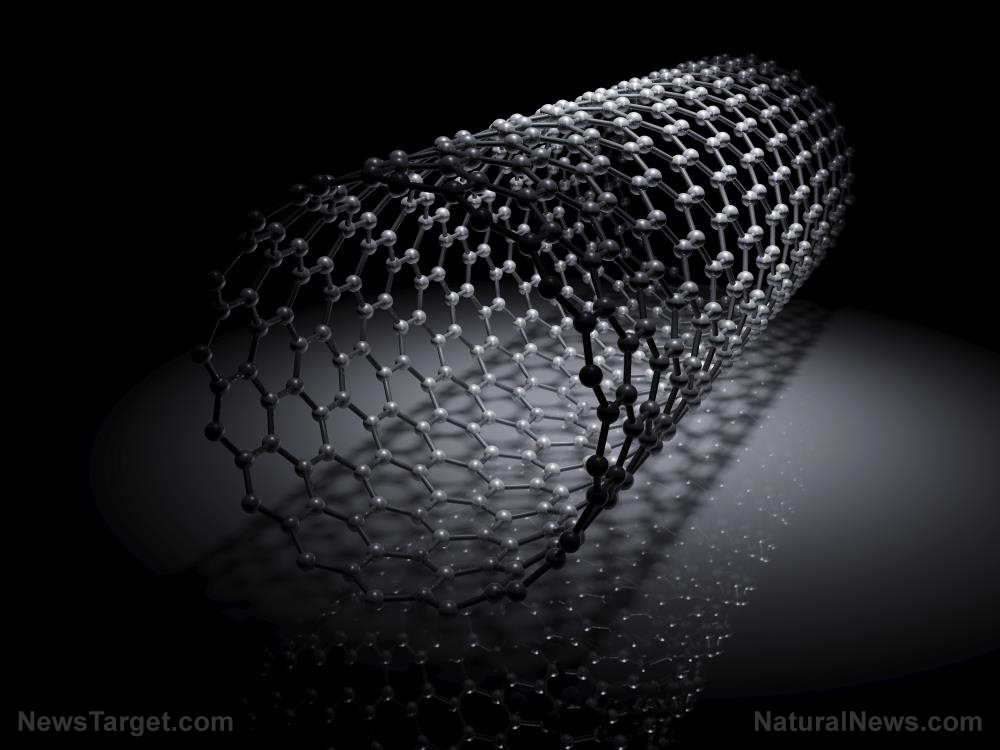Scientists develop artificial nervous system that can soon give robots a sense of touch
04/23/2020 / By Arsenio Toledo

Scientists from the National University of Singapore have developed “an ultra responsive and robust artificial nervous system” that may be used by robots and prosthetic devices to give them a sense of touch. This artificial nervous system is called the Asynchronous Coded Electronic Skin (ACES).
According to tests done by the NUS team, the ACES system has achieved extremely high levels of responsiveness and robustness to damage. Its unique sensor system can even respond to stimuli 1,000 times faster than the human sense of touch.
ACES draws heavily from human sense of touch
“Humans use our sense of touch to accomplish almost every daily task, such as picking up a cup of coffee or making a handshake. Without it, we will even lose our sense of balance when walking,” said Benjamin Tee, an assistant professor in NUS’ Department of Materials Science and Engineering.
“Similarly, robots need to have a sense of touch in order to interact better with humans, but robots today still cannot feel objects very well.”
Tee and his team have been working on “e-skin” technologies for over 10 years. His hope is to one day give robots and prosthetic devices used by humans a better sense of touch.
For ACES, Tee and his team spent nearly two years developing a sensory system that they wanted to perform better than the human sensory nervous system. ACES is made up of a network of sensors that are connected to each other through an electrical conductor. Once ACES detects a signal, it can differentiate physical contact like human beings do. (Related: Researchers develop an artificial nervous system that gives robots the ability to sense touch.)
Tee and his team were inspired by the human sensory nervous system, an “extremely efficient” system that is working around the clock and, according to him, people often take for granted. Furthermore, he was inspired by the fact that the human sensory nervous system isn’t easily damaged. Getting a cut on your finger or a bruise on your knee won’t diminish the sensory nervous system’s abilities.
Tee has taken the human sensory nervous system’s ability to continue functioning despite incurring damage and replicated it in ACES. The e-skin’s network of sensors operate independently. As long as one sensor is still connected to the electrical conductor, it will continue functioning. This makes ACES unique, making it more durable.
Potential applications for ACES
Tee hopes that, as ACES continues to be developed, the breakthrough technology can be used to give robots, prosthetic devices and other human machine interfaces a sophisticated sensory system. According to Tee, ACES can be easily paired with many kinds of sensors, such as those designed to detect temperature or humidity, giving it an exceptionally wide range of possible applications.
For example, if ACES were to be paired with a self-healing e-skin that Tee’s team has also been working on, a robot would be able to detect where it was damaged and be able to repair itself. This could also, in theory, help disabled individuals with prosthetic limbs recover their sense of touch.
Tee further notes that ACES’s durable, ultra-sensitive sensory network can be used for a variety of jobs – from disaster recovery to packing boxes in a warehouse. It can even be used to complete multiple tasks, which would make it perfect for the manufacturing sector.
The NUS team patented their ACES technology in 2017, and are hoping to proceed with clinical trials for the implementation of the e-skin for prosthetic devices in the near future. They are also looking into applying the ACES platform for advanced robotics.
Sources include:
Tagged Under: artificial intelligence, biomimetics, breakthrough, discoveries, e-skin, electronic skin, future science, future tech, goodtech, innovation, inventions, prosthetics, research, robotics, robots, science and technology, sensors
RECENT NEWS & ARTICLES
COPYRIGHT © 2017 FUTURE SCIENCE NEWS



















